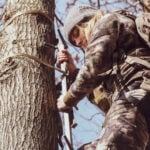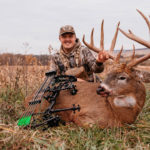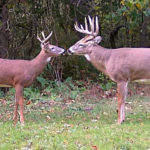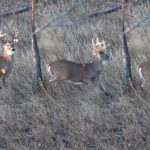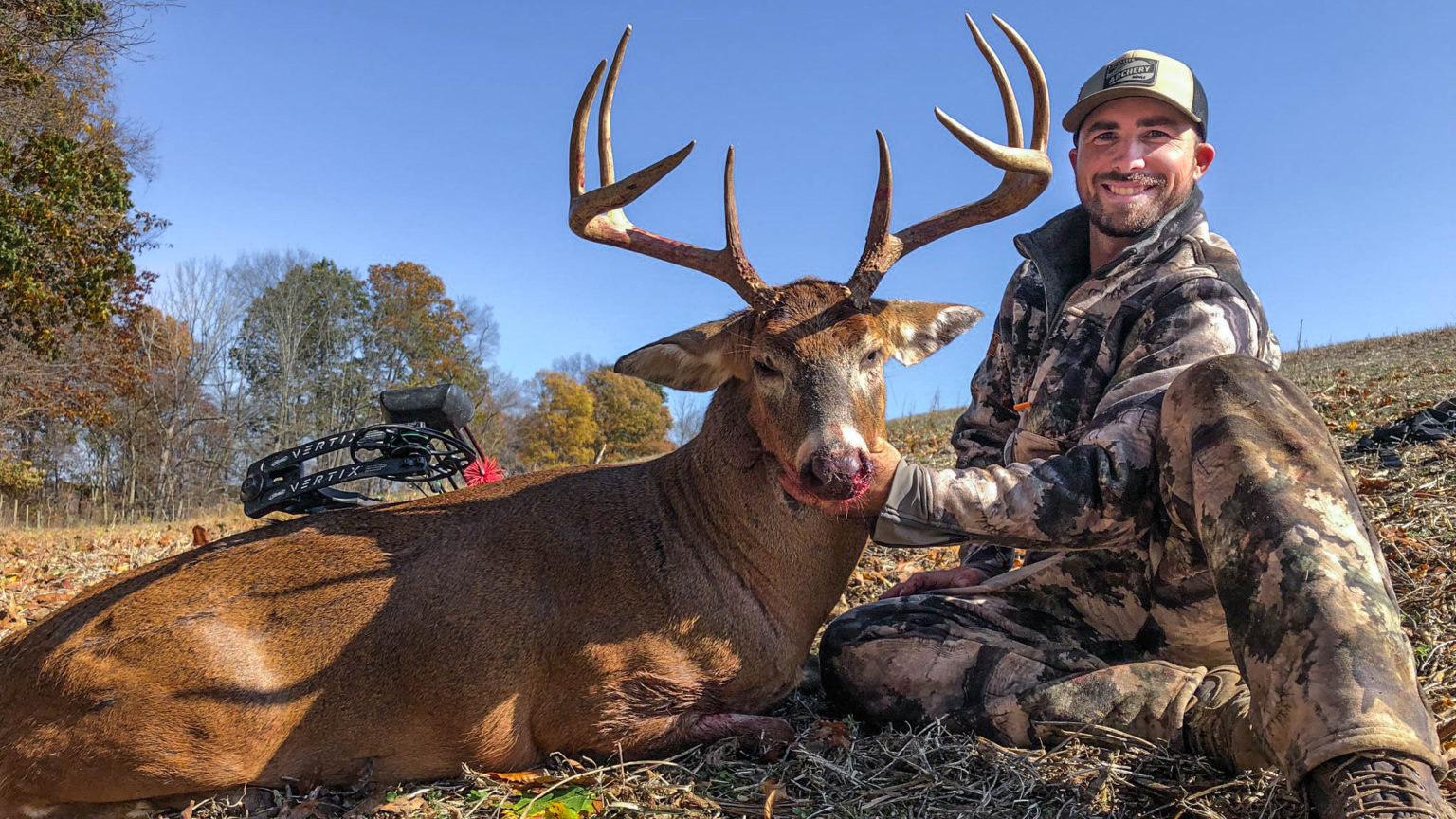
You’re chomping at the bit. After months of dreaming about big bucks, and watching your favorite hunting videos repeatedly, the season is finally here.
The temptation to dive right in and start hunting your best stands is like a moth’s attraction to fire. It’s almost irresistible, but it’s an equally fatal attraction.
October offers opportunities, but at times, it can be very tough. Rather than hitting your best stands with gusto and burning them out at times when they’re not very productive, take a patient approach to the entire season. Focus on the opportunities that October offers and avoid letting its challenges hurt your hunting later.
October is just act one of a three act play. Forget about your November stands. To make the most of October you have to understand what the deer are doing at that moment and hunt them accordingly.
The First Week of the Season
When the season first opens, you have the rare opportunity to hunt big bucks when they’re still on some semblance of a pattern.
Through the summer, they’ve become almost predictable, and this lifestyle carries over into the first part of the bow season.
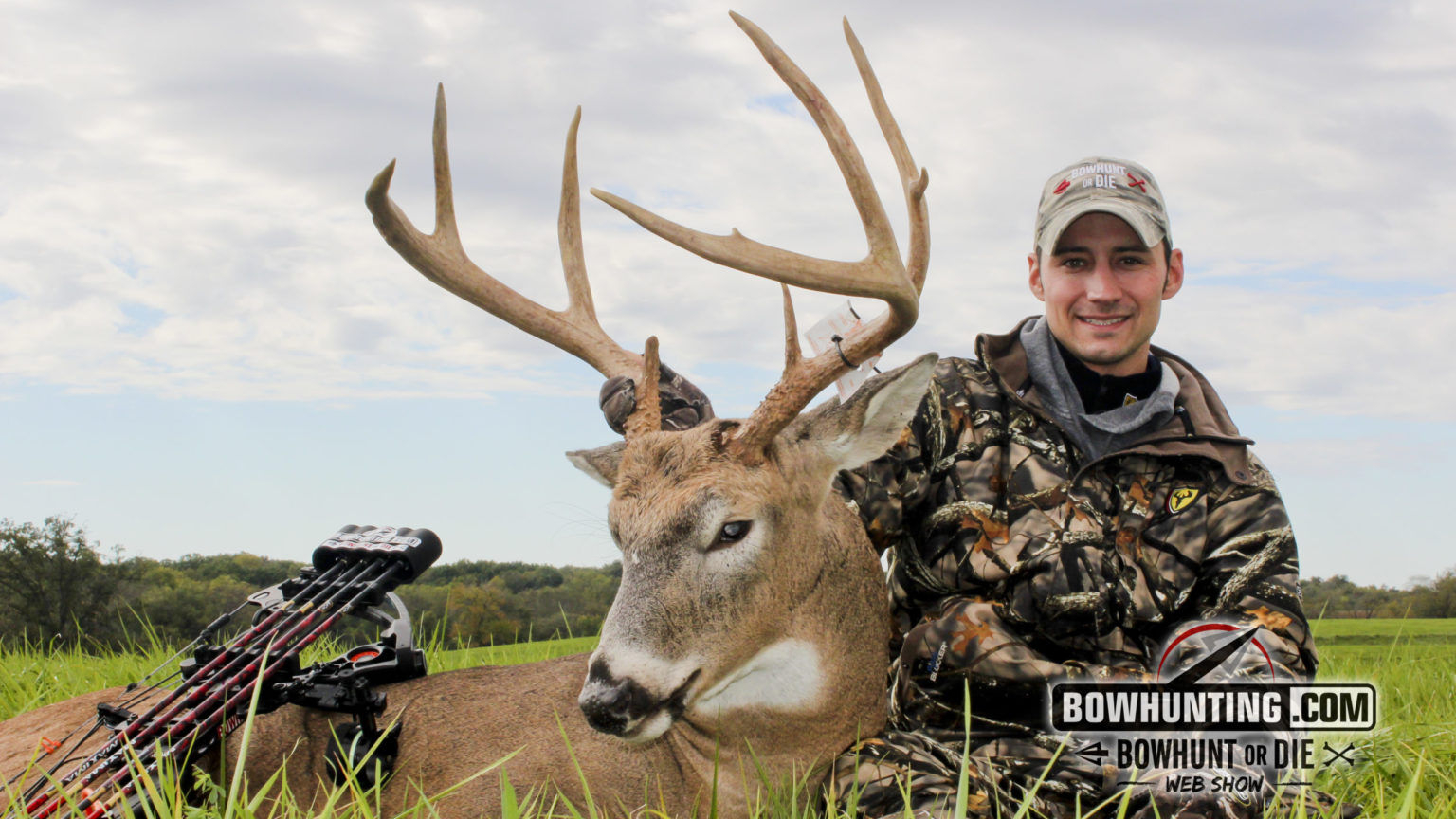
Usually these feeding patterns are short-lived, but I got a full two weeks of excitement out of one buck a few years back.
That situation produced action over a longer period for one reason; because of a weather-related crop failure that summer, the field I was hunting was one of the few food sources for more than 1,000 acres of deer habitat.
The buck was a wide ten pointer with a gross score that was very likely over 170 inches. He currently carries the status as the third biggest buck I have ever missed. In fact, my trophy room of the bucks that I’ve had at close range and failed to kill would be at least as impressive as my actual trophy room. Anyway, that’s enough violin music.
I first saw this buck feeding in the area’s only agricultural food source, a soybean field, ten days before the season opened. I hunted him there for the first two weeks of the season and saw him in the distance three times before I finally got my ill-fated shot.
That buck was a great teacher. He showed me that if you find a food source that’s really pulling deer and hunt it carefully you may get more than a just a couple of good hunts. You may even get a shot at a huge buck.
The hottest drawing cards are generally agricultural crops, specifically legumes such as alfalfa, clover and soybeans.
Deer will switch over to carbohydrate sources such as corn, sorghum and winter wheat in October also.
When you find a secluded agricultural field you can bet a big buck will be there somewhere gorging himself most evenings of the summer in an effort to put on weight before the rut. He will also be visiting the field, though much less often, once the season opens.
I’ve also sat in some pretty incredible stands when apples and pears were dropping. Bucks detoured past the trees morning and evening, seemingly trying to grab the freshly dropped bounty before other deer beat them to it.
Unfortunately, you have to be on the buck’s pattern as soon as the season opens because pressure from other deer hunters and small-game hunters and the buck’s increasing testosterone level make them change patterns. Even without any hunting pressure, a buck will begin turning into Casper the Ghost by early October.
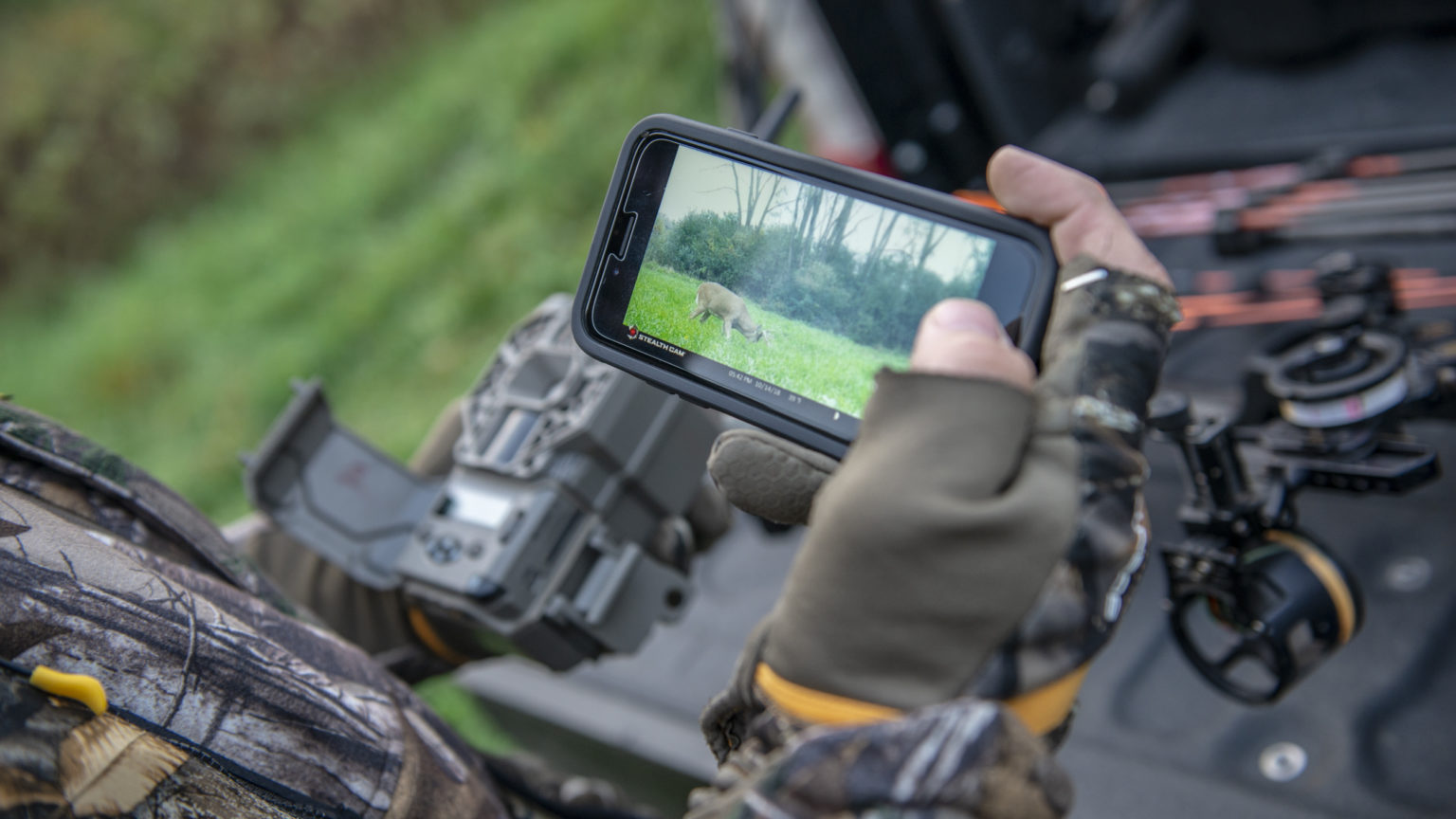
Tagging a big buck during the first two weeks of October depends on your ability to keep the buck from knowing he’s being hunted while you observe and tweak your stand location. You have to become ultra-sneaky.
Skip the mornings: It may be tempting to try to hunt the buck in the morning near his feeding area, but doing so is going to hurt your chances. You run the risk of moving him off his pattern before you can get enough information to take advantage of it. If you simply have to get into the woods, hunt somewhere else.
Long-range scouting: Hunting a big buck during the first week of the season is a lot easier if you have seen what he is doing. Hang back with binoculars and learn as much as you can about the overall situation before committing yourself to a plan. You need to know what the other deer using the feeding area are doing too. Rarely will the oldest bucks be the first to come out in the evening. You have to fool a lot of other eyes, ears and noses first. Consider how you will beat them before you pick a stand location.
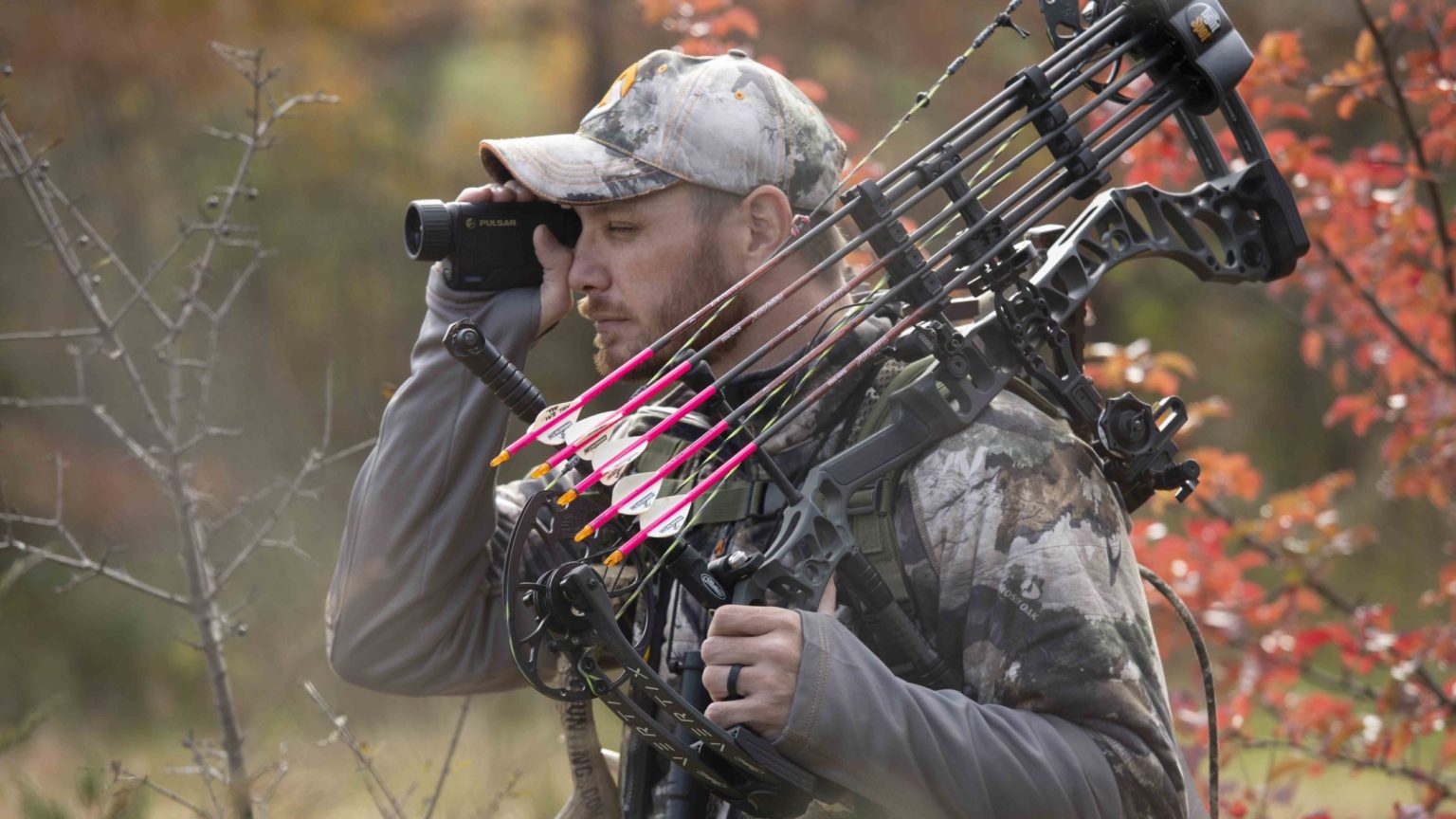
When to be aggressive: Hang back and observe things from conservative stand sites until you find the buck’s weakness, then go for broke.
Stand access: You have to put in your time. If you don’t get the buck the first time you hunt him, you need a good plan for getting back to your vehicle without spooking non-target deer that are already feeding.
Use the terrain and cover to your advantage. Your exit route will likely take you well out of your way, looping back through the timber or following a creek or erosion ditch in the opposite direction.
The October Doldrums
The period from roughly October 10 through 25 (in most whitetail states) is the hardest part of the month for tagging a nice buck.
Hunting pressure, changing food sources and rising testosterone make bucks very unpredictable and reclusive. They’ll still feed but not in the open, and seeing them during daylight becomes harder.
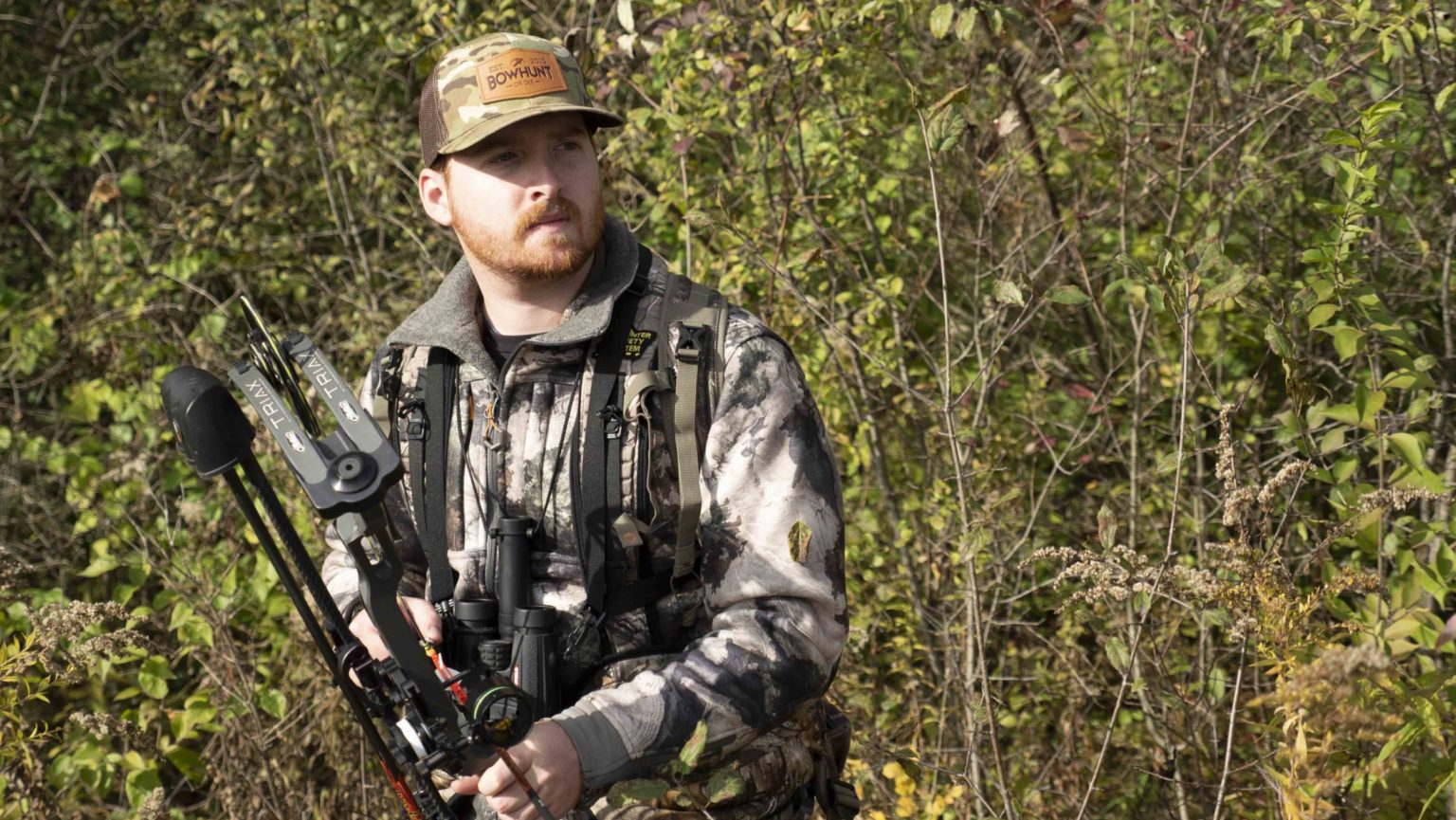
It is common for a big buck to change patterns shortly after he sheds his velvet and certainly by early October. He seems to disappear from the face of the earth when he was once visible every single evening in his favorite soybean and alfalfa fields.
I asked one of my best sources for deer behavioral science, research biologist Dr. Grant Woods, PhD, what actually happens during this transition between summer patterns and rutting frenzy.
Where they go: “They are still around and they are still active,” said Dr. Woods. “If you aren’t seeing them you are hunting the wrong places. Deer change their behavior as they go from summer patterns to fall patterns and it is the same for bucks. But, they don’t stop feeding at this time. Our telemetry studies don’t show any let-up in feeding activity during the so called dog days of October.”
In other words, there is no biological basis for what I have referred to as the October doldrums. According to Grant Woods, they don’t exist.
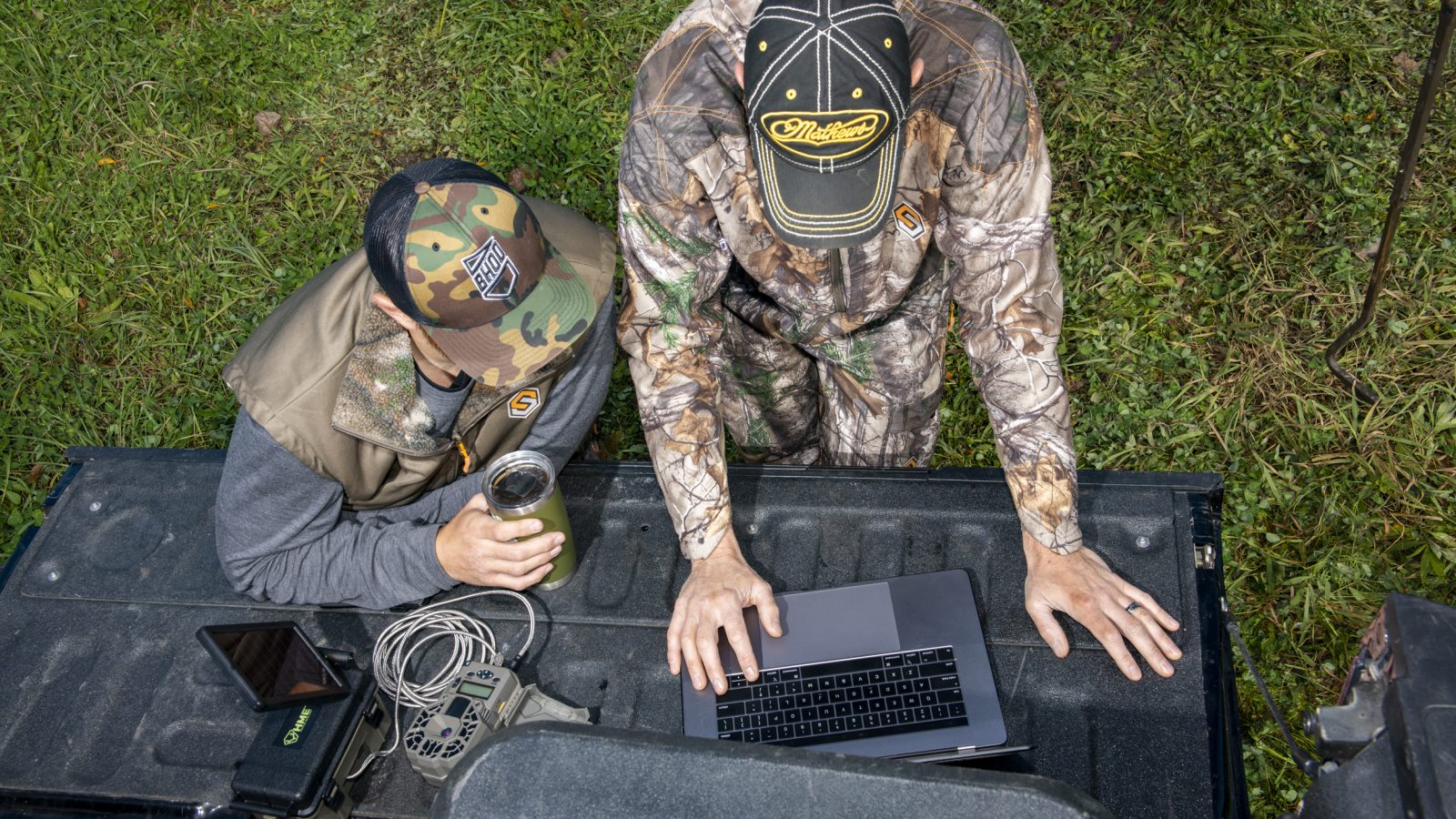
“When deer are standing, they are feeding,” Woods added. “And our telemetry studies show they stand and move just as much in mid-October as they do at other times of the year. You can never go wrong by understanding what they are eating at the specific time that you are hunting them.
“One part of my job is to go into areas with nuisance populations of deer and help thin them. We don’t have the luxury of scouting time when deciding where to set up to find the deer. It is all business and we have to produce results fast. The first thing the team does in these situations is get inside a deer’s gut – any deer. We have even dissected road kills over the years. We want to know what the deer are eating right now. We don’t have time to guess.
“We take advantage of any opportunity to get a deer down so we can open up its stomach to see what it has been eating. Within local geographical regions, most of the deer are eating the same thing at the same time. We use this information to find the best places to shoot the most deer. Often, they feed on different things in the morning than they do in the evening. We also consider this when deciding where to hunt.
“If you are having trouble figuring out where the bucks have gone during the middle of October, use an antlerless tag and shoot a doe to see what she has been eating. If that isn’t possible, take a look inside the stomachs of any deer that your friends shoot.
“One of the main reasons that deer disappear during the middle of October, in many parts of their range, is simply a change in their diets. They are feeding more on browse and mast inside the cover where they aren’t as visible. Mast (such as acorns) is a very strong attraction and bucks will abandon their best summer forage patterns when acorns start dropping. You may have patterned a buck during the summer on a lush food source only to have him disappear when the season opens. That is usually due to a change in his diet. Find out what the deer are eating and you’ll find the bucks.”
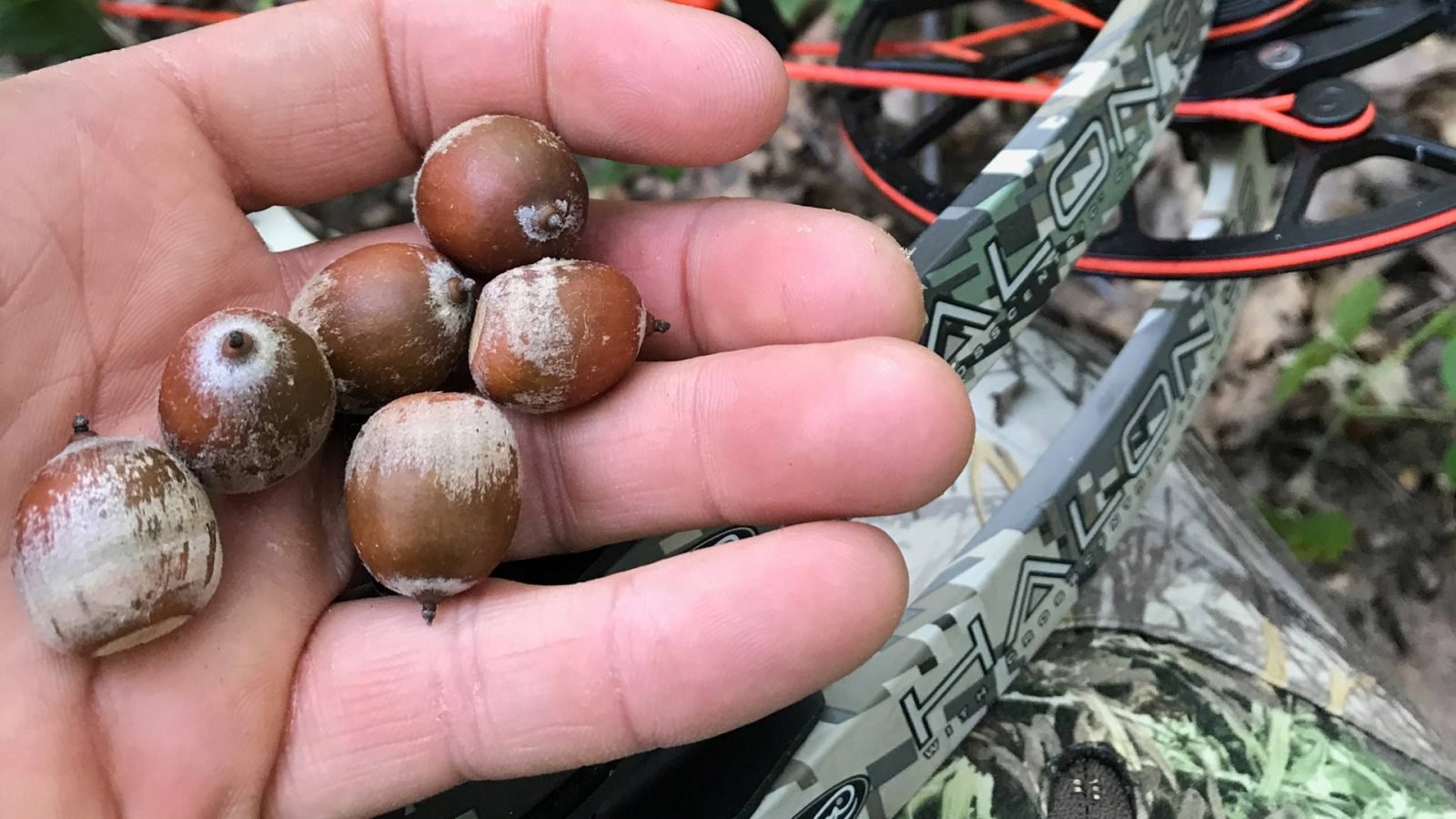
Dr. Woods pointed out another reason why bucks change their patterns at roughly the time that most bow seasons open.
“Bucks start to cruise just as soon as the bachelor groups bust up,” he said.
“This normally happens shortly after the bucks shed their velvet. Their testosterone levels are rising and that makes them restless and ready to breed. The older bucks won’t move aggressively yet (they’ll wait until the does actually start coming into estrous), but the younger bucks – up to and including 3 1/2 year olds – will definitely start covering more ground. This means they may not be showing up in the same places where you were seeing them during the summer.”
The most telling comment from Dr. Woods was his assertion that studies have shown that the bucks are still active during the perceived October lull. They just are not active in the same places where you watched them all summer.
If you aren’t seeing bucks shortly after the season opens, it isn’t because they’ve gone underground or somehow turned into hermits. You simply aren’t hunting in the right places. Figure out their new feeding patterns and you’ll find them again.
Scrape Lines During the Early Rut
During the last week of October, bucks will be seriously gearing up for the primary rut. They’re moving more than they were in mid-October and hitting traditional buck sign more reliably. Scrape lines are one key to success at this time.
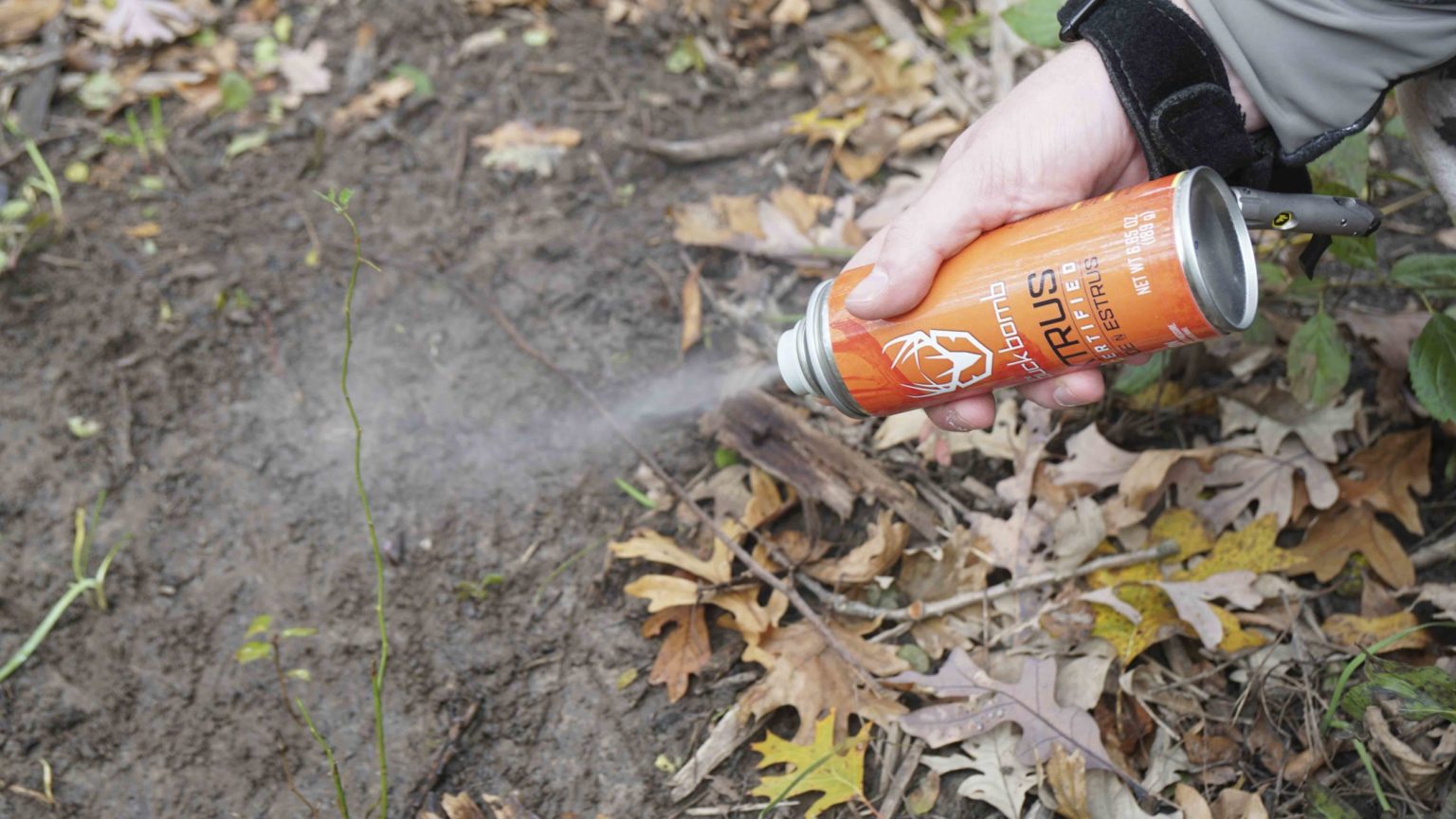
First, you have to find the right sign. The rut hasn’t broken loose and bucks are still sensitive to hunting pressure, so go easy. Too much scouting right now can educate a buck to the fact that you are hunting him.
Smart old bucks pick this up quicker than younger bucks. If you’re after a big one, make a special effort to keep the woods clean of human scent. The type of animal you tag may be a direct result of how carefully you scout! In other words, if your scouting is heavy-handed, you are likely to see only young bucks once you start sitting in your stands.
I prefer to do as much in-season scouting as possible using an aerial photo while sitting at home on the couch – maybe watching a little early season football!
I’ll never spook a single buck that way, and neither will you. Learn as much as you can about the lay of the land before setting foot on it. You should be able to predict where the travel routes and the scrapes will be with reasonable accuracy. Now, make a quick pass through the area, sticking to open fields as much as possible and only “stitching” your way into the cover occasionally checking for specific sign.
This isn’t the time to study every piece of sign (save that for after the season), but rather it should be a single opportunity to prove or disprove your hunches. Stay off deer trails as much as possible, and give known bedding areas a wide berth. Move slowly and take everything in so you don’t have to come back for a second trip.
Look for fresh scrapes located back away from the field edges. Thick cover nearby is a bonus. Such scrapes are most likely to be visited by a good buck during daylight hours.
Scrape hunting in late October requires that you hunt back in the timber. Some of these sanctuaries can be ticklish to hunt. It seems that bucks love to scrape in the cool, damp earth found at the bottoms of draws and ravines.
This is a great place to find sign, but a tough place to hunt. When the wind blows, it will swirl through broken country like eddy currents in a trout stream. Every deer in the area will know a man is nearby.
Shy away from these ravines and draws and focus instead on scrapes on ridges and other locations where you can better control where your scent blows. You may have to hunt the scrape area from a distance on routes you feel the buck may use as he goes to freshen them.
Conclusion
The month of October is really three different seasons, each with its own challenges and opportunities. While none of these periods are as exciting or as a productive as the primary rut, at least you’re hunting. A bad day in the woods is still better than a good day at work. And when you hunt October carefully you may be surprised at what you can drag out!

